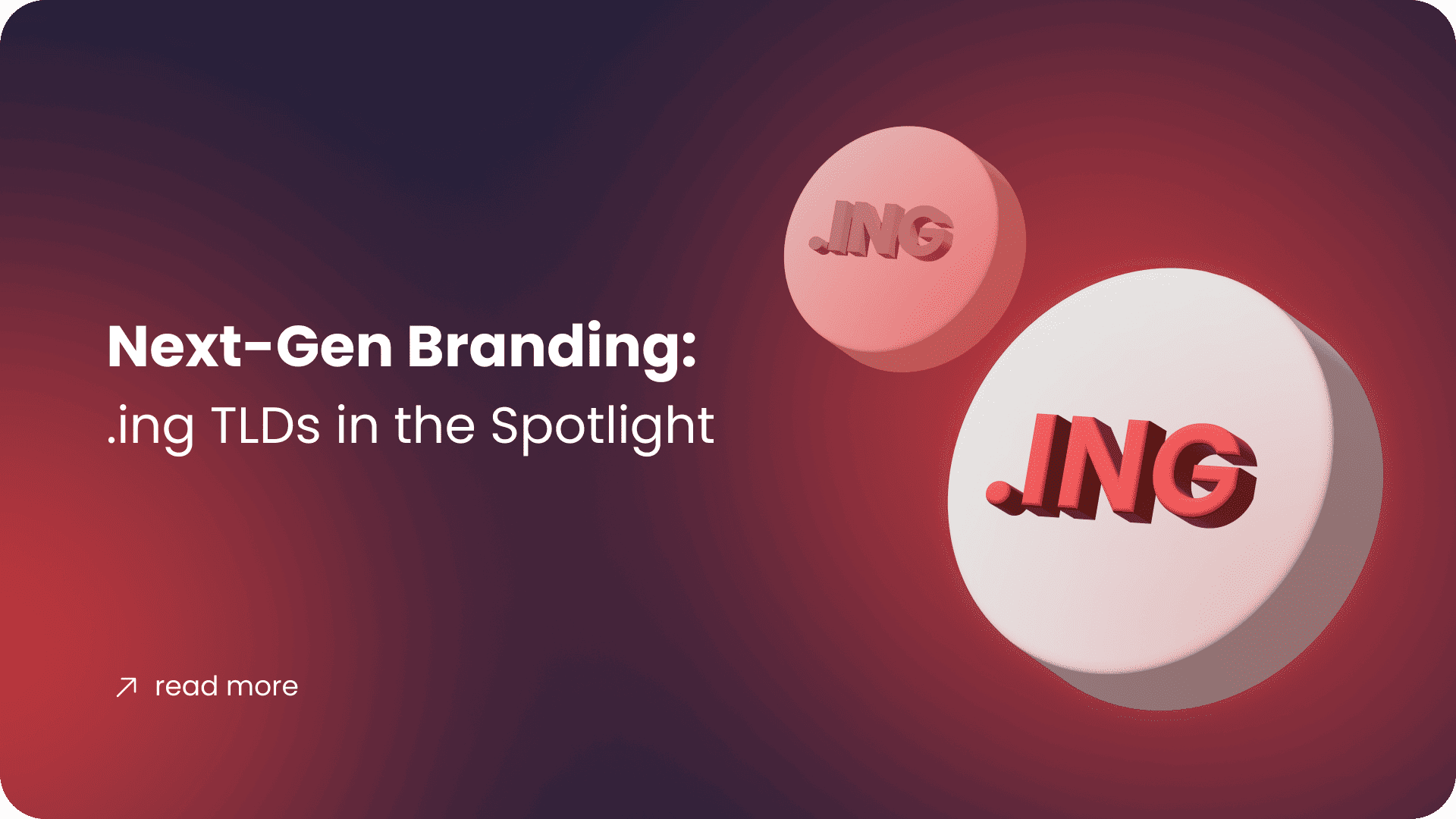Homedot ing tld
Posts tagged: dot ing tld

December 15, 2023
Hey, everybody! The new release of .ing top-level domains on the 5th of December created an opportunity to talk about branding and how important it is to have a memorable brand name. ( Read more in Google ). We want to discuss the world of new possibilities for marketing that the internet has provided us […]
Newsletter
Signup for news and special offers!
Thank you!
You have successfully joined our subscriber list.
© Dalga Development Solutions 2020-2025


